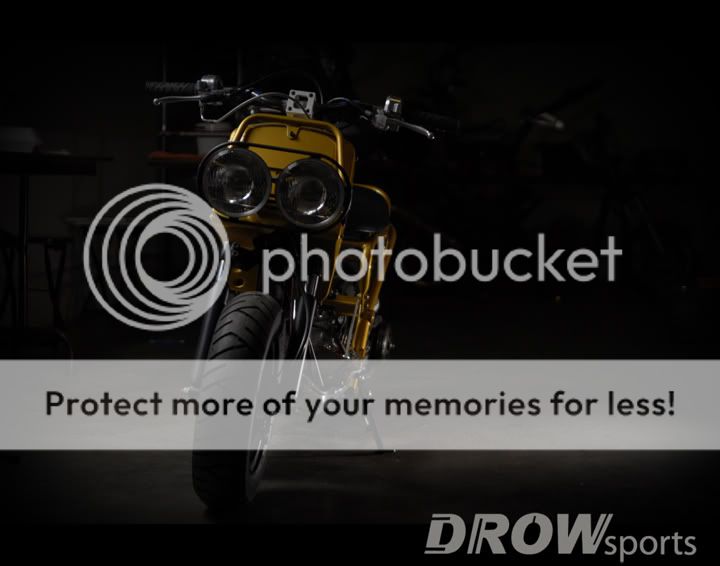
Many people go buy a Honda Ruckus scooter and take it to the dealer for repairs or service to find out that dealer just charged them $90-110/hr for labor. That wallet shock has lead to many scooter riders to become scooter experts when it comes to their repair and service needs. Unfortunately they also find out the hard way on what tools they really need. This guide will take you through some of the Ruckus parts and tools you really need to make sure your next service doesn’t cost you much money or much time waiting on parts. Not only will you be able to work on your Ruckus, but you’ll become more familiar with it, too.
One of the very first things you should pickup is a Honda Ruckus service manual for your year Ruckus, though most manuals go from 2003 to present Ruckus scooters. You will want to get the Honda made service manual, the very same one Honda Motorcycle technicians use. Typically, most aftermarket manuals can miss a detail or two that can be required to know. This isn’t always the case, but it is always better to have the factory manual. These can be purchased at your local Honda Motorcycle dealer or at some of your local scooter stores. What is really nice about the Honda Factory manual is that it will show you the proper way to route cables so that it not only goes back in the factory position, but they will also be easier to deal with.
The next thing to make sure you have is a decent set of hand tools, which include socket wrenches, open-end/box-end wrenches (the wrench most people typically think of when you say “wrench”), screw drivers, pliers, and an adjustable wrench. When you do pick up your socket and open/box wrenches be sure they go from 8mm to 17mm, as these are the typical sizes of bolts and nuts on your Ruckus. A quarter inch drive socket set is a great starting point and will usually have socket sets in the 8mm to 21mm sizes. It’s big enough for good torque, but small enough to reach most anything on the Ruckus. However, if you are not careful it can still break a bolt or stud if you over tighten them. An eighth inch drive socket wrench is great for smaller bolts and nuts and tighter places, but there isn’t much on tight spaces on the Ruckus considering how open it is. You don’t have to necessarily splurge on Mac or Snap-On hand tools, as ones from Craftsman, Northern Tool, and Harbor Freight are of very good quality, too. Most all hand tools carry a lifetime warranty on them as well, so if they break, you can get them replaced.
There are a couple of final tool types to have that can be essential, the torque wrench and a good digital volt and ohm meter (also known as the DVOM). These are two tools that you should spend on getting excellent quality and will be something you want a name brand on. However, just like many things, price does not always guarantee quality but it is a good reference. You want to try and get two different torque wrenches: the inch-pound and the foot-pound. You’ll use the inch-pound on the smaller bolts and nuts while you will use the foot-pound on larger ones. The DVOM is essential to have because of the electrical parts you can run into on the Ruckus. You’ll want to also be sure that your DVOM can do AC (alternating current) and DC (direct current) power. Alternating current will come from your stator and charging system. Direct Current will come from your battery. The DVOM will allow you to check for things like open circuits (broken electrical wires or blown fuses), resistance, current, and voltage. Also learn about voltage drop as that can solve a majority of electrical issues on your Ruckus battery, especially on things like battery drain on a parked scooter.




